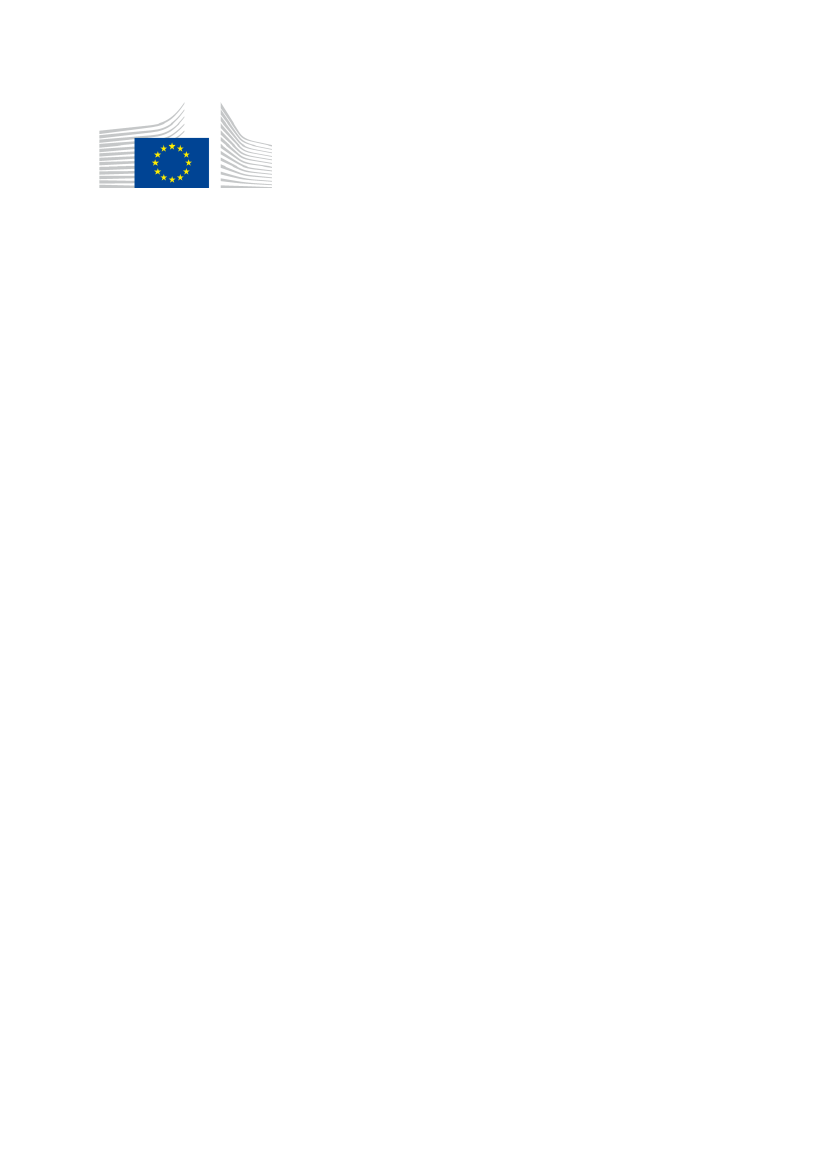
EUROPEAN
COMMISSION
Strasbourg, 16.1.2018
SWD(2018) 17 final
COMMISSION STAFF WORKING DOCUMENT
Measuring progress towards circular economy in the European Union – Key indicators
for a monitoring framework
Accompanying the document
COMMUNICATION FROM THE COMMISSION TO THE EUROPEAN
PARLIAMENT, THE COUNCIL, THE EUROPEAN ECONOMIC AND SOCIAL
COMMITTEE AND THE COMMITTEE OF THE REGIONS
on a monitoring framework for the circular economy
{COM(2018) 29 final}
EN
EN